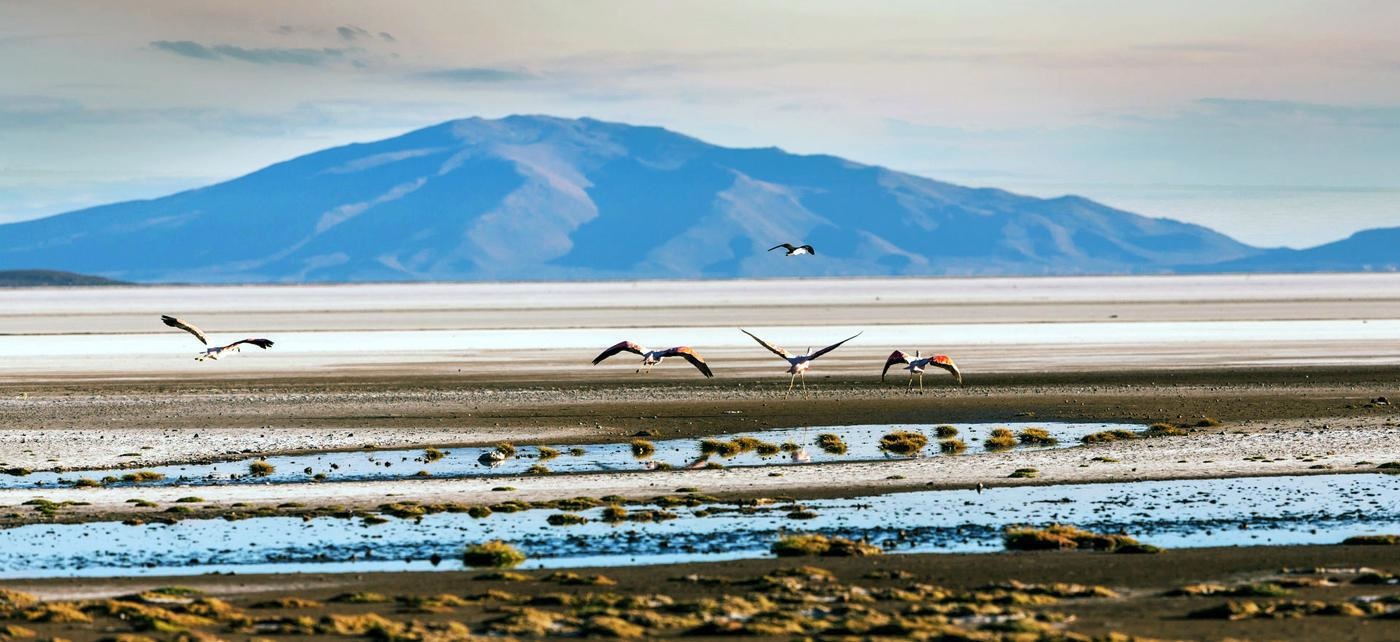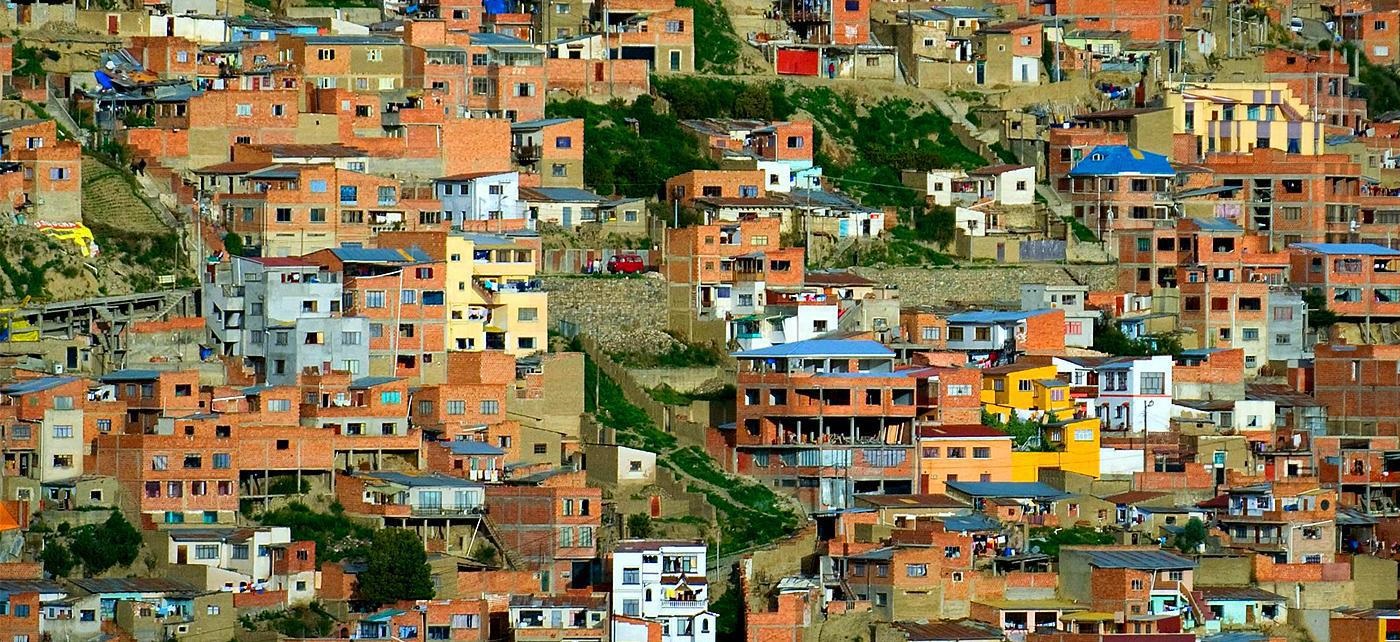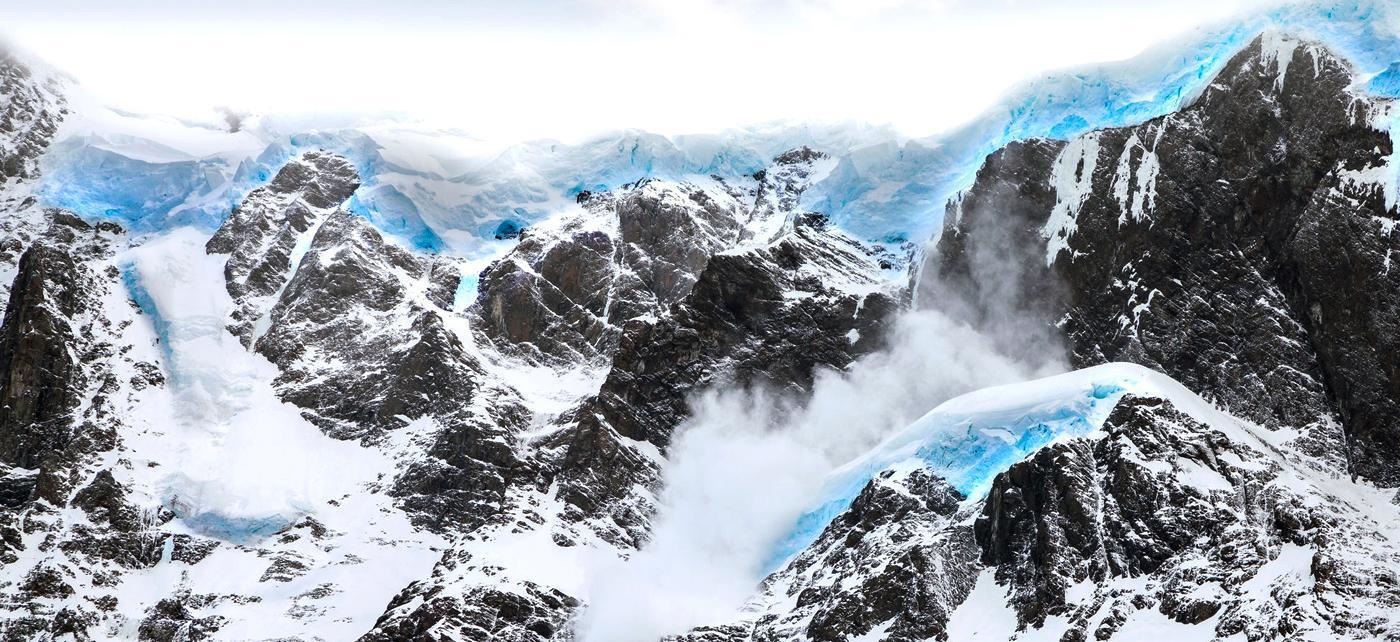Chile, officially the Republic of Chile, is a country in South America occupying a long, narrow coastal strip between the Andes Mountains to the east and the Pacific Ocean to the west. It borders Peru to the north, Bolivia to the northeast, Argentina to the east, and the Drake Passage in the far south. Along with Ecuador, it is one of two countries in South America that do not border Brazil. The Pacific coastline of Chile is 6,435 kilometres. Chilean territory includes the Pacific islands of Juan Fern�ndez, Salas y G�mez, Desventuradas and Easter Island. Chile also claims about 1,250,000 square kilometers of Antarctica, although all claims are suspended under the Antarctic Treaty.
About 10,000 years ago, migrating Native Americans settled in fertile valleys and coastal areas of what is present-day Chile. Example settlement sites from the very early human habitation are Monte Verde, Cueva Del Milodon and the Pali Aike Crater's lava tube. The Incas briefly extended their empire into what is now northern Chile, but the Mapuche successfully resisted many attempts by the Inca Empire to subjugate them, despite their lack of state organization. They fought against the Sapa Inca Tupac Yupanqui and his army. The result of the bloody three-day confrontation known as the Battle of the Maule was that the Inca conquest of the territories of Chile ended at the Maule River.
Chile's geographical isolation also has restricted the immigration of faunal life, so that only a few of the many distinctive Latin American animals are found. Among the larger mammals are the puma or cougar, the llama-like Guanaco and the fox-like chilla. In the forest region, several types of marsupials and a small deer known as the pudu are found. There are many species of small birds, but most of the larger common Latin American types are absent. Few freshwater fish are native, but North American trout have been successfully introduced into the Andean lakes. Owing to the vicinity of the Humboldt Current, ocean waters abound with fish and other forms of marine life, which in turn support a rich variety of waterfowl, including different penguins. Whales are abundant, and some six species of seals are found in the area.
Tourism in Chile has experienced sustained growth over the last few decades. In 2005, tourism grew by 13.6%, generating more than 4.5 billion dollars of which 1.5 billion is attributed to foreign tourists. According to the National Service of Tourism, 2 million people a year visit the country. Most of these visitors come from other countries in the American continent, mainly Argentina; followed by a growing number from the United States, Europe, and Brazil with a growing number of Asians from South Korea and PR China.
Chilean cuisine is a reflection of the country's topographical variety, featuring an assortment of seafood, beef, fruits, and vegetables. Traditional recipes include asado, cazuela, empanadas, humitas, pastel de choclo, pastel de papas, curanto and sopaipillas. Crudos is an example of the mixture of culinary contributions from the various ethnic influences in Chile. The raw minced llama, heavy use of shellfish and rice bread were taken from native Quechua Andean cuisine, lemon and onions were brought by the Spanish colonists, and the use of mayonnaise and yogurt was introduced by German immigrants, as was beer.


